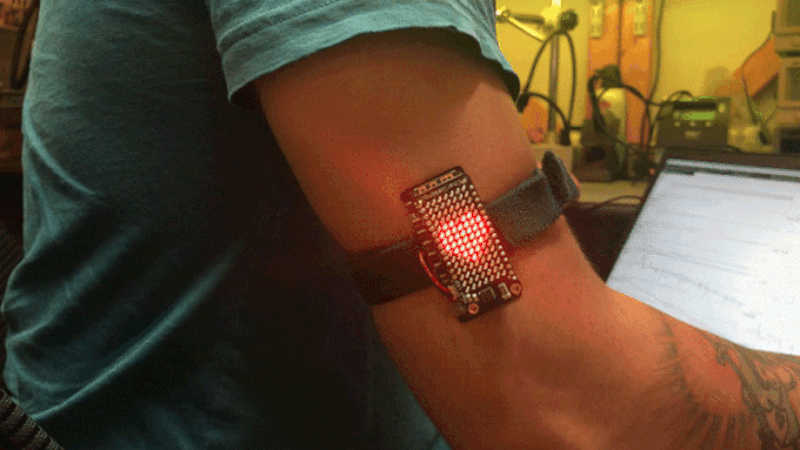Sew-able Carbon Nanotube Thread Could Spin a Lot of Awesome

Plenty of people just plain dislike wearing jewelry, even (or especially) smart watches. Nevertheless, they’d like to have biofeedback like everybody else. Well, we watch-less ones have something to look …read more Continue reading Sew-able Carbon Nanotube Thread Could Spin a Lot of Awesome
